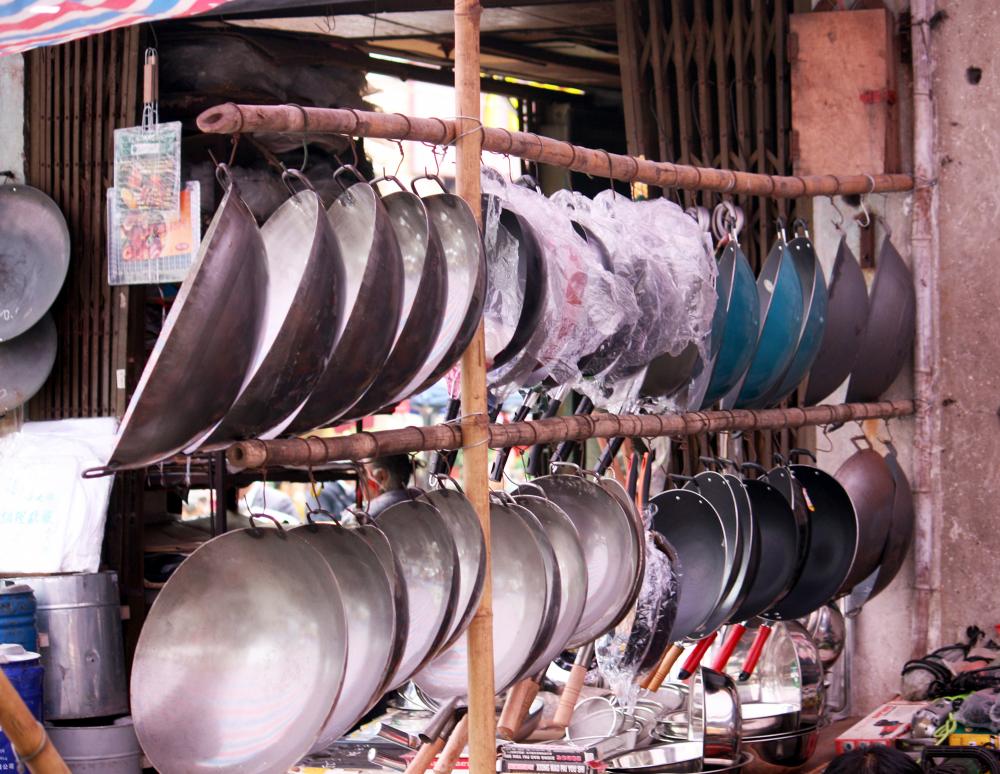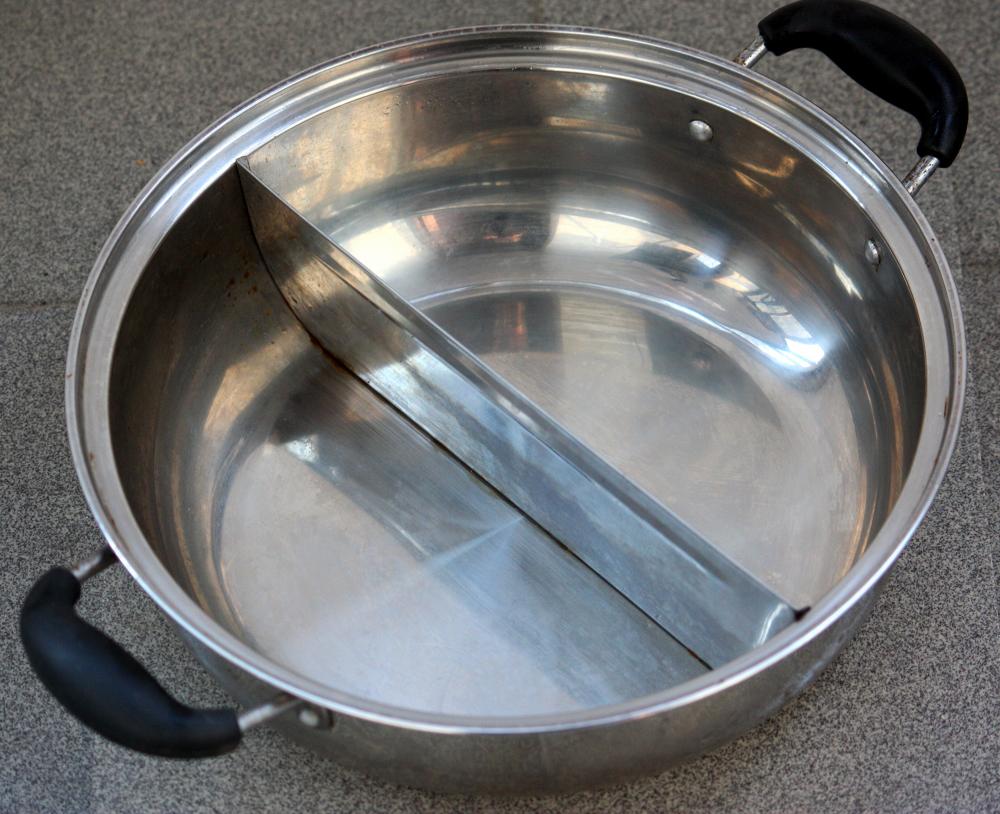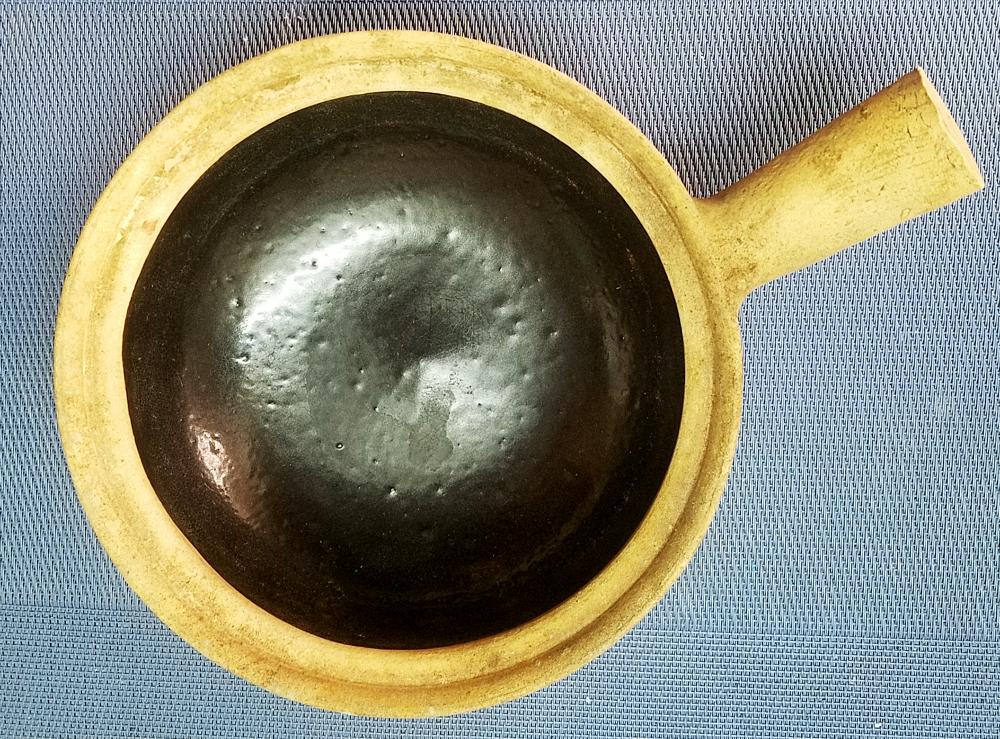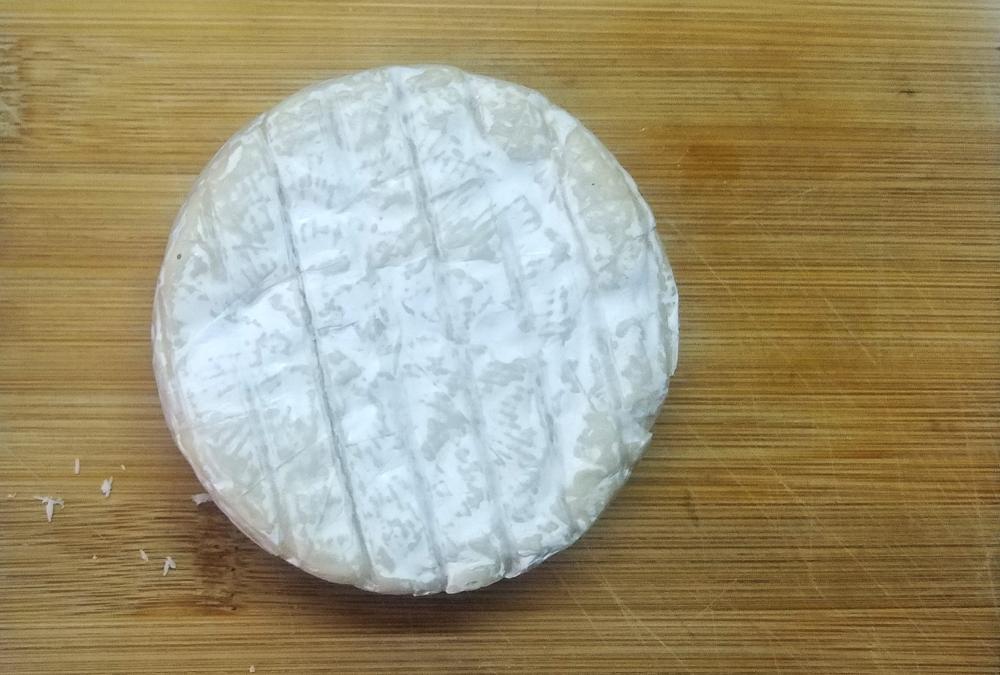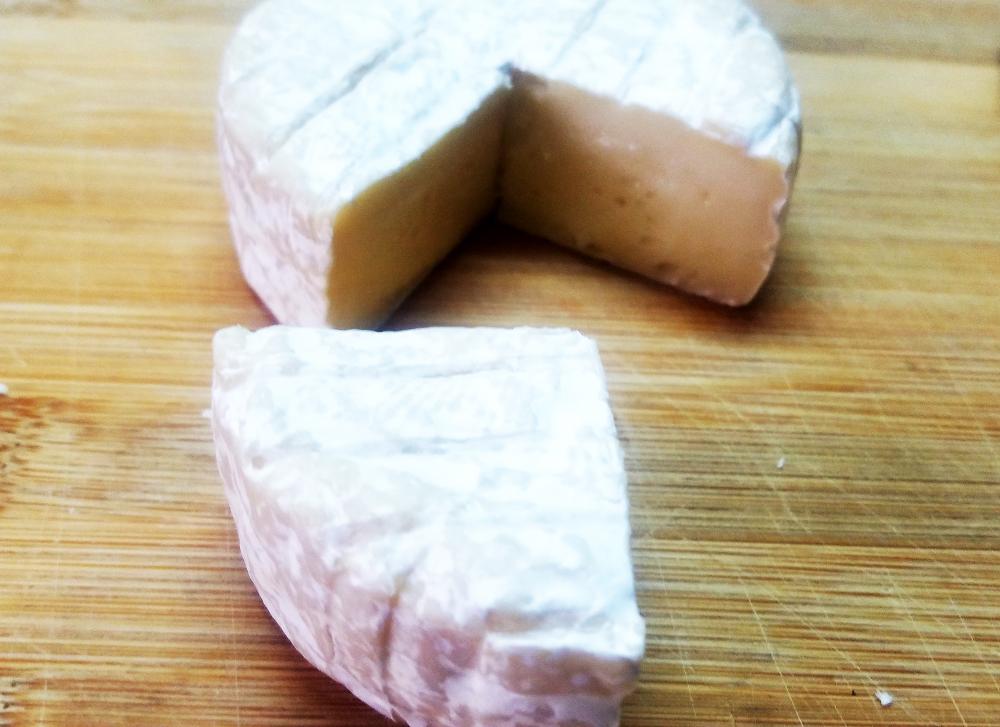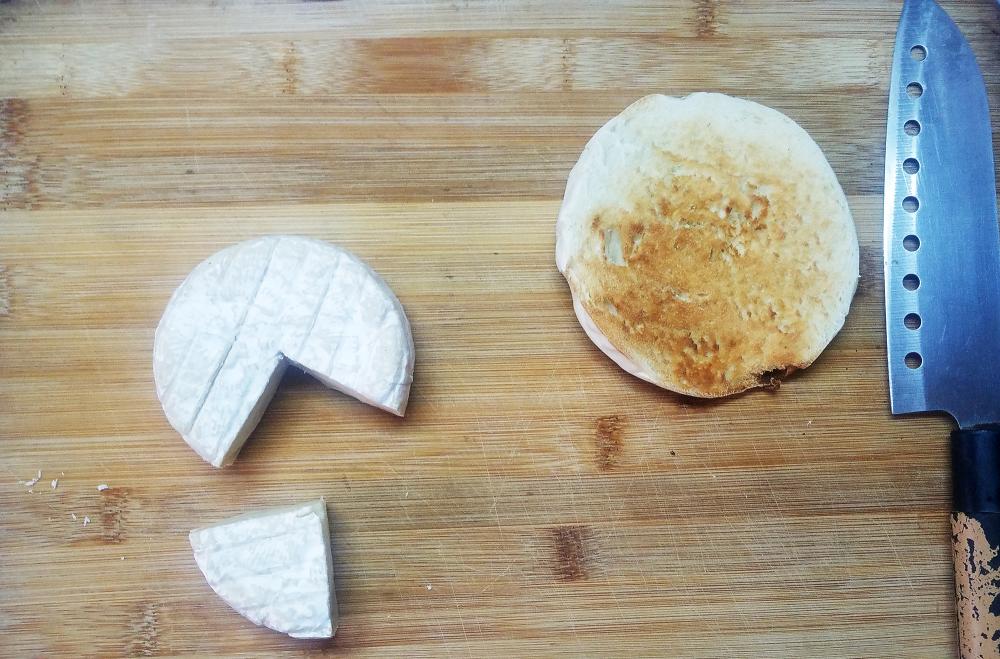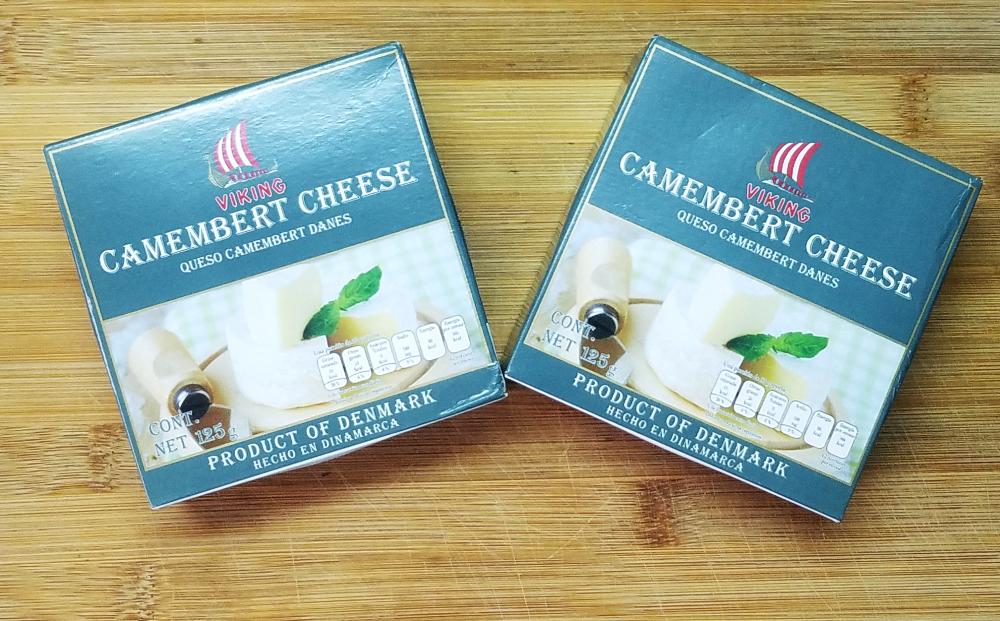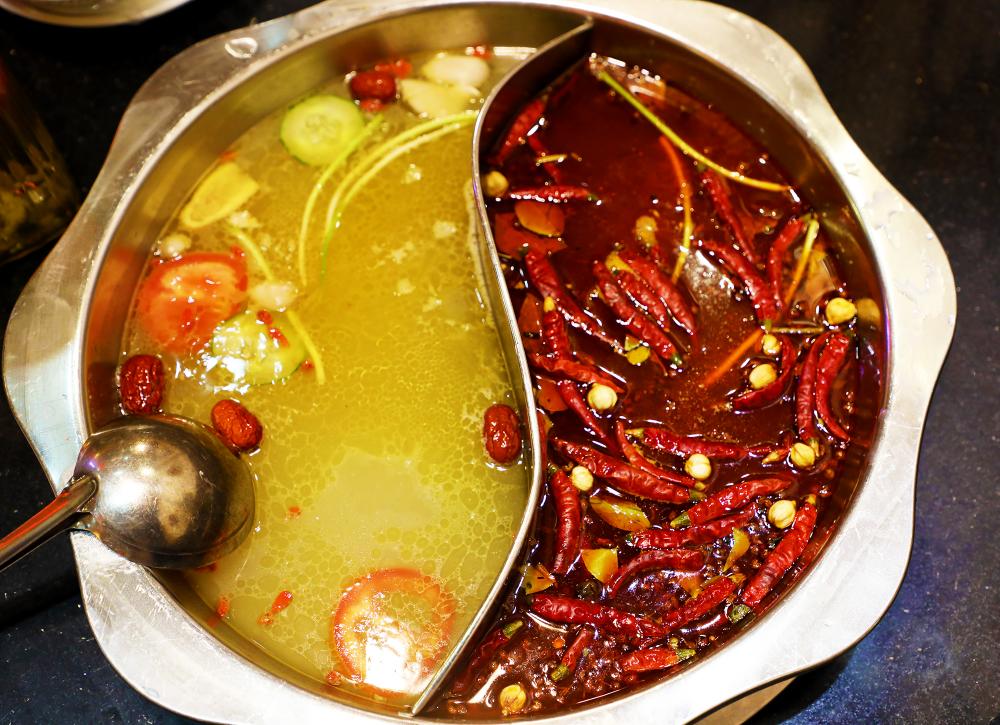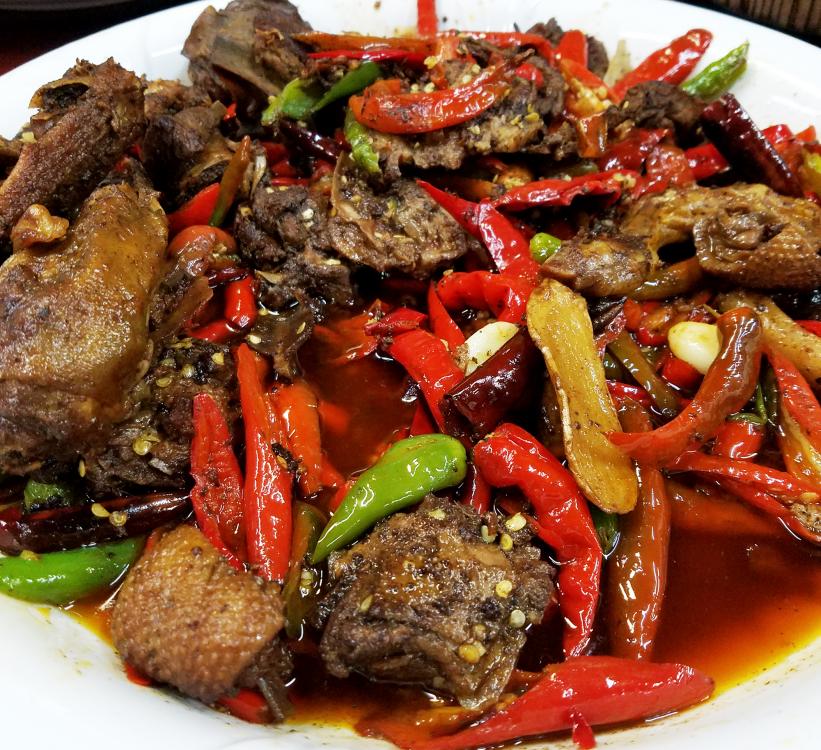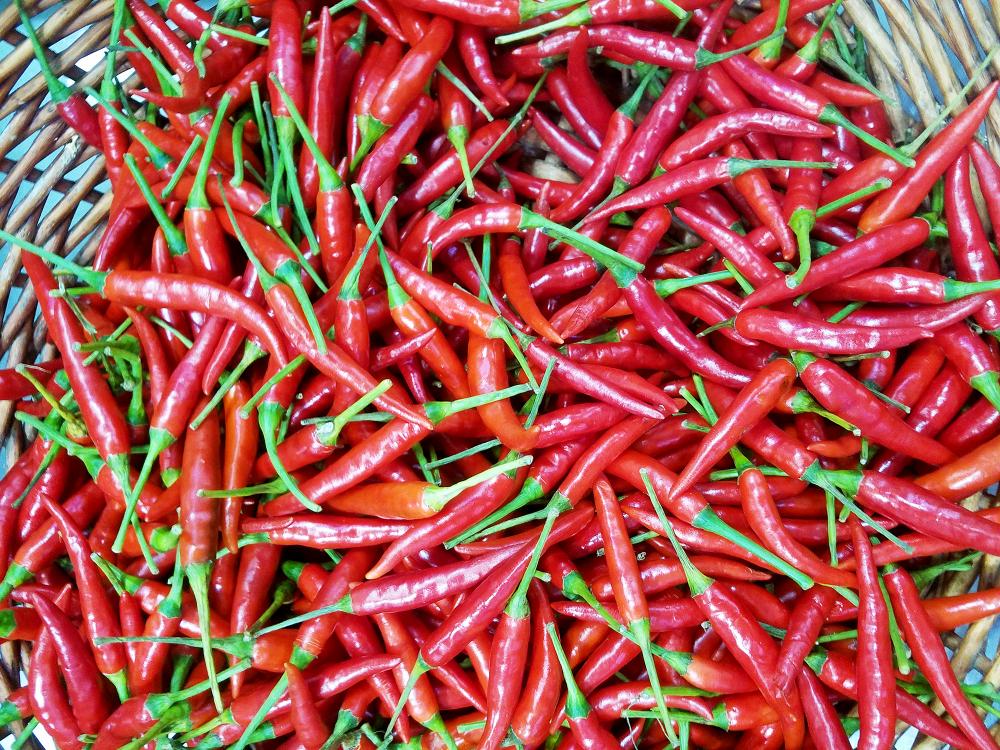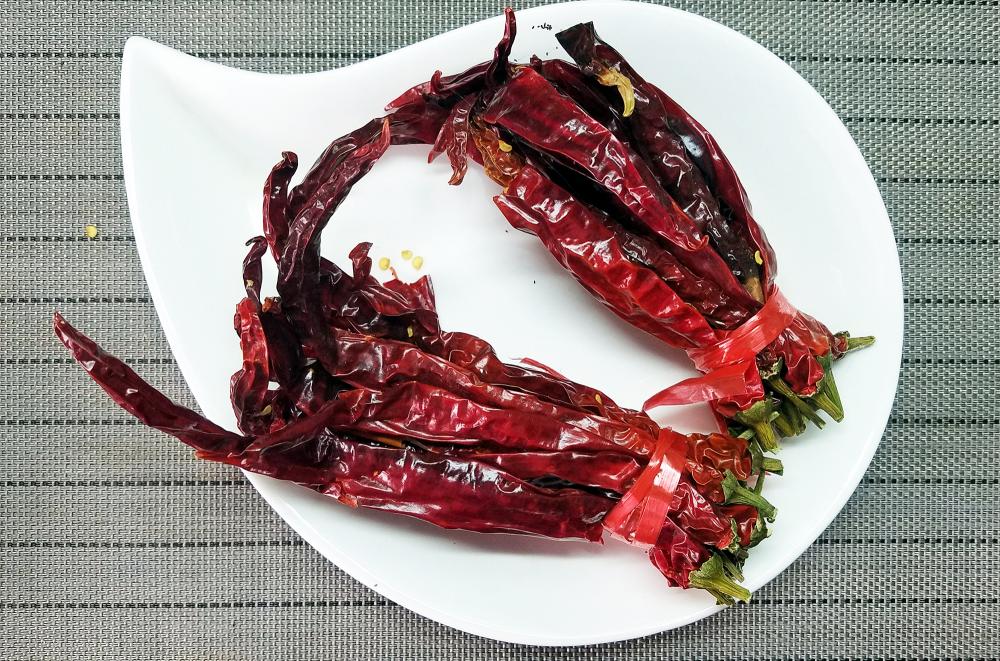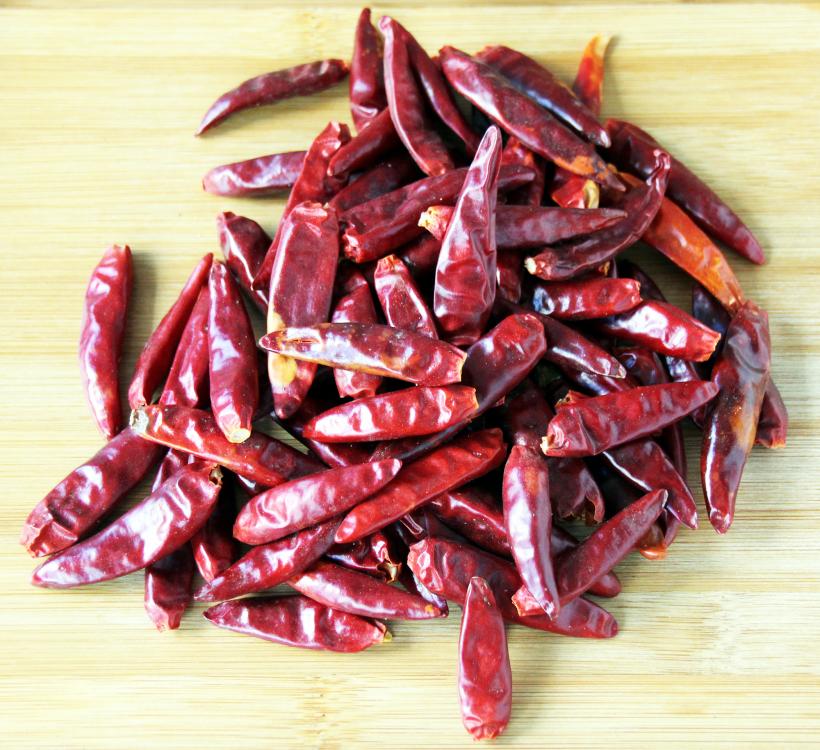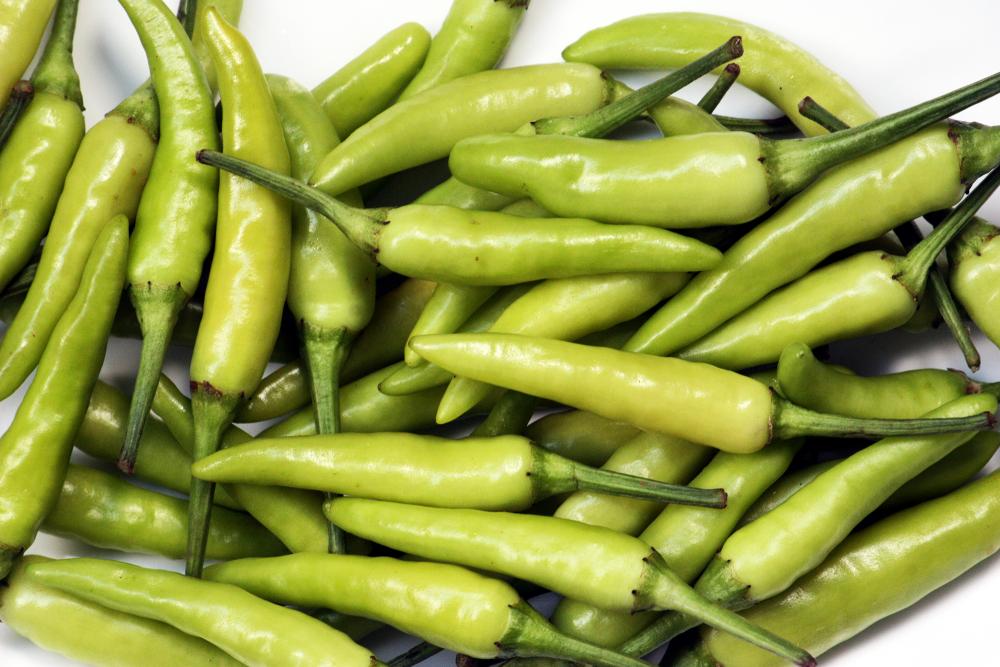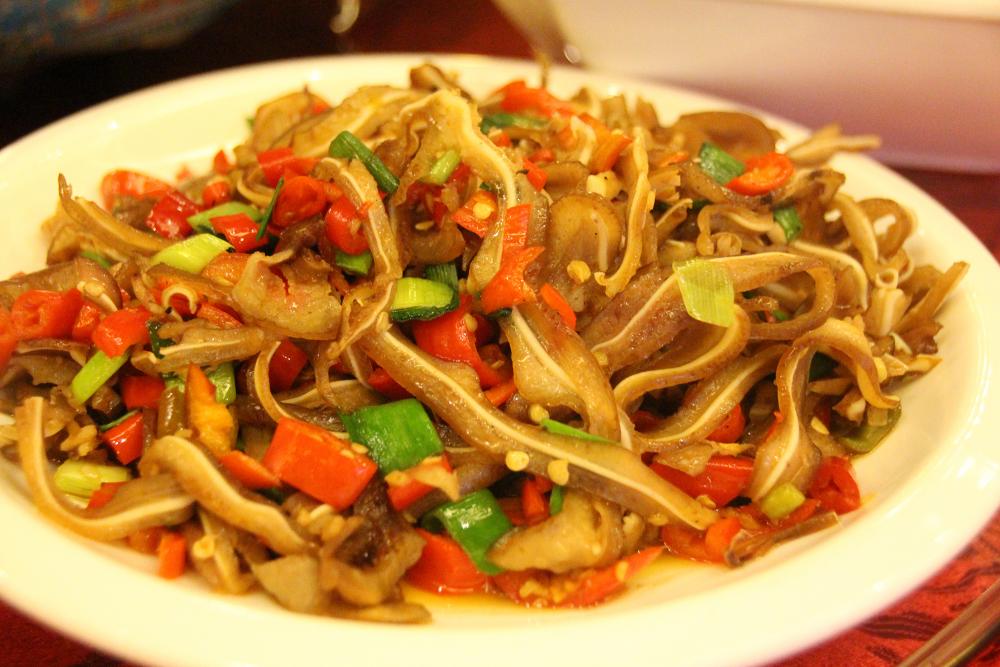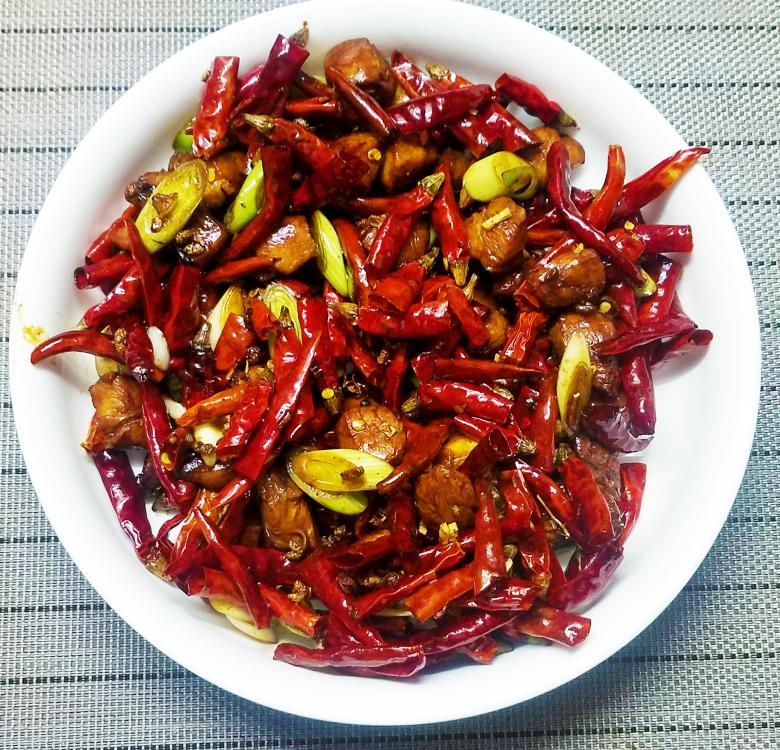-
Posts
16,756 -
Joined
-
Last visited
Content Type
Profiles
Forums
Store
Help Articles
Everything posted by liuzhou
-
Fridge doesn't bother me. It has been around around a hundred years. It ain't going nowhere. Veggies originally meant 'vegetarians' but now seems to be attached to the victims of the vegetarians' food lust! I'd just ban vegetarians! 😁
-
When is ice cream season? Russia is or was the largest consumer of ice cream in the world and mostly eats it in winter. The vendors set up stalls by the roadside with huge block of icecream, but no refrigeration other than that supplied by nature. I remember buying ice cream in Moscow when it was -18°C (just under O°F) . It was wonderful.
-
There are certain words and expressions which are commonly used in describing culinary matters - here on eG, on television, in the press, in books, on YouTube etc. Most of these are relatively innocuous, but there are a few that annoy the heck out of me! Illogical, inaccurate, pretentious, childish and BLOODY IRRITATING! (Please do not get offended if these are words you use. This is meant to be somewhat tongue in cheek*) * No is isn't! (editor) So, here are my top ten, in reverse order of exasperation. 10. 'Off' and other prepositions. Why is that suddenly no one "cooks" anymore? Why don't they "fry" anymore? They suddenly have to "cook off" and "fry off" instead. At first, I thought maybe it meant completely cook or fry until the dish is done. But, then I heard some clown on YouTube frying something "off until nearly done." Grrrrr! The "off" adds nothing to the meaning, but just sounds more technical? A certain Mr. G. Ramsay is a serial offender, but it seems to be coming ubiquitous. And it isn't confined to "off". I hear "cook out", "fry up". I even heard one YouTuber, who thought he could cook, suggesting that I "wash over" my mushrooms! What the hell does that mean? "Fry off"? "F Off!" 9. Chef No one is a cook anymore. They are all chefs! Except, very few really are. I am particularly exasperated by the donkeys on YouTube who call themselves "Chef". Always with a capital C. They've never actually been inside a commercial kitchen, never mind head of the brigade. "Chef Brian here with my latest how to boil an egg video! Please hit subscribe!" "Chef" is a job description; not a royal title. Use it in your kitchen by all means, if you realy are a chef, but you come across as an idiot when you do it at home. I don't go around introducing myself as "Plumber Dave" (partly because I'm not a plumber and my name isn't Dave, but you get my meaning). I don't even use the titles I am entitled to use. 8. In a timely manner Another video cliché. 99% of the time it just means "quickly" but they find a slower way to say it! Duh! 7. Bánh Mi I'm sorry, but bunging random ingredients into a baguette does not make a bánh mi in my book. I frequently have bacon, lettuce and tomato (BLT) sandwiches for breakfeast using baguettes, but would never call them bánh mi as some idiot did on a YouTube video I unfortunately stumbled upon recently. I am all for variation, but at least stick with something that may be vaguely recognisable to a passing Vietnamese person. 6. Entrée As a Francophone, if I ever find out what idiot mistranslated the French and decided that it meant the main course of a meal, I will personally send him or her to the guillotine. Not that they are still alive but I do know where there is a guillotine. According to "Le Littré", the French "entrée" means "mets qui se servent au commencement du repas" which translates as "dishes that are served at the beginning of the meal". If you really want to be French, the main course is the 'plat'. This travesty has been until recently an American abberation, but recently creeping into the UK, too. Merde! 5. Flavour/Flavor Profile However you spell flavour is of no concern to me. "Flavour profile" on the other hand is a perfectly useful expression to describe something quite specific. But now, writers and YouTubers cannot bring themselves to write or say "flavour" without adding "profile". Most of the time they just mean flavour. 4. Prep I am constantly amazed by chefs who take up half a page of a menu to describe a starter of dazzling simplicity in 300 words, but are far too busy to say "prepare". Then every YouTube idiot follows them. 3. Authentic Utterly meaningless. Food, like language, is constantly evolving we don't say Italian food is inauthentic because it contains tomatoes which they didn't have until the Americas were "discovered". We don't say Sichuan food is inauthentic because they use chillies which they didn't have until the Portuguese brought them in the 17th century. But I still say a BLT is not a bánh mi! 2. Foodie This obnoxious, unnecessary word is relatively new. First recorded in print in 1982 in "Harpers & Queen" whatever that might be. Ugly, condescending and intolerable! I am always amused by people who use it to self-describe. What are they thinking? 1. Yummy Seriously, I am a strong opponent of capital punishment but will happily make an exception for anyone using this after their thirteenth birthday. It is so childish and makes me want to scream and scream and scream! Deep breath! What rattles your cage?
- 300 replies
-
- 12
-

-

-
Yes. Very popular. Every supermarket and corner store has it. There are also a huge number of competitors in the hot sauce aisles.
-
Largely, yes. Also for hot pots.
-
I can assure that it is very much a myth! 99.9% of Chinese people do not use them.
-
I can assure you none of them are Teflon.
-
Well, my ocular talents are on a level with yours. One day I'll go back and check, but it's not a part of town I normally frequent. Most people, in my experience, do use the long handled style. Both my woks are so designed. It tends to be called the Beijing style. I forget what the other kind with two loops is called - the impractical kind?
-
The red handled things aren't woks. I forget what they are but not woks.
-
No! None are non-stick! Dreadful idea! Just different metals.
-
-
Actually, you can. I have done so, just not stir-fried. As I said, you can cook almost anything in it. 95% of the lunches and dinners I post here are wok-cooked. Chinese, Italian, Middle-Eastern, British, French, Indian, Greek et al.
-
Something regarding wild or controversial meats which I meant to mention, then forgot: If you plan to visit China anytime, do not worry about accidentally ordering or being served something you'd never knowingly eat. Wild food, due to its legal status, is wildly expensive (pun intended). No one is going to serve you it as a cruel joke. Dog, cat, horse and donkey restaurants proudly display the animals they are selling either in cages or in pictures. Adjacent horse meat restaurants in Guilin, China
-
Indeed. Nearly everyone in China's cities lives in apartment blocks and don't have backyards. In the countryside, they don't have gas! No one is going to install a high BTU burner in an apartment kitchen even if they were allowed to.
-
I had a whole doe sent me by Mr. Hozier, which is a fine present, and I had the umbles of it for dinner. Samuel Pepys - 1667
-
10. You need a wok and high BTU burner to cook Chinese food. I've muttered and mumbled about this issue several times before elsewhere on this site, but it really belongs here, so... First, you need neither, although a wok (炒锅 - chǎo guō, literally 'fry pot', usually shortened to just 锅 - guō) is a very useful and versatile tool in the kitchen. Ideal for stir frying, deep frying, boiling, steaming, smoking etc. In many Chinese homes, the wok may well be the only utensil available. I use one in 95% of my cooking. Clay pot 沙锅 That said, not all Chinese dishes use woks. Clay pots (沙锅 - shā guō) are often used as are pressure cookers, rice cookers and these hot pot dishes. Stir fries can be done in regular frying pans/skillets, but woks are better. Their high sides enable better, more thorough stirring. Wok Burners There are those who will tell you that you can't use a wok successfuly on a regular stove. That will come as a shock to the millions of people across China cooking lunch right now in their woks using regular stoves. I have never seen anyone anywhere in China using a high-temperature wok burner outside of a restaurant. "But you won't get the 'wok hei' without a high temperature," they complain. Well, here's a secret. Few people care. Few people even know what 'wok hei' is. The expression 'wok hei' (鑊氣) is Cantonese, a language spoken by around 70 million people (most of whom are not even in China), whereas Putonghua (in English, Mandarin) is spoken by around a billion! So, it is really only important in Cantonese cooking. Even in Cantonese speaking areas, people don't use special wok burners domestically. Elsewhere, restaurants use high temperature cooking for stir fries as it is much quicker - obviously desirable in a busy restaurant or canteen. Until recently, I didn't even know where I could have bought a high BTU burner in this city, but found one shop in an area selling industrial equipment to business and restaurants etc.. If you want to emulate Cantonese restaurant food, then go ahead and get yourself one. Here, people just go to the restaurant or make do at home on their regular gas stoves.
-
-
As I said before it the number of dog-meat eaters in China is extremely low, probably less than 0.1%. Given its population of over 1.4 billion, that figure is, of course, higher than anywhere else. If 140,000 Chinese people have itchy buttocks, that doesn't mean the Chinese are more prone to having itchy buttocks. It just shows there are a lot of Chinese people. Absolute figures are statistically meaningless. It has been stated that at last year's Yulin festival 1,000 dogs were eaten. Given that one dog serves around eight diners, that would represent approximately 0.0006% of the Chinese population. Hardly large scale.
-
I'd add that all over China, Hunan women, especially the younger ones are referred to as 湖南辣妹 - hú nán là mèi, literally Hunan Hot Sister, with hot here referring to their love of chillies, but also with the same innuendo as English has. I've also seen it translated as Hunan Spice Girls.
-
Back to dairy for a moment. Just took delivery of this. The joys of online shopping in China. French would be better, but this ain't bad.
-
Basically yes. Sichuan does use a lot of dried chillies, but not exclusively. Hunan also uses dried chillies but fresh are more prevalent. Both also use a lot of pickled chillies as does Guangxi.
-
9. Sichuan has China's spiciest food. While Sichuan is certainly not chilli-shy, a lot of its food looks spicier than it actually tastes. Take my favourite dish from the area - 辣子鸡 (là zi jī). A bright red dish of a mound of chillies (辣椒 - là jiāo) in which lie pieces of chicken (鸡肉 - jī ròu). As Fuchsia Dunlop points out here (with recipe) this originates from Chongqing, which is no longer part of Sichuan, but was until 1997. Despite its formidable appearance it isn't actually that spicy-hot. The chillies are not eaten, but cooking the chicken with the spice adds a more subtle spiciness. Chongqing and Sichuan are also famous for their hotpots, which are more spicy, but again not the spiciest food I have eaten. Chongqing Hot Pot Broths By far the most spicy food I've eaten anywhere in China (or the world) is from Western Hunan and Guizhou, the neighbouring province. Pig's Ear with green and red chillies - Hunan Duck with Chillies - Hunan The food here in Northern Guangxi can also be very hot and the markets and supermarkets all carry several varieties of chillies. and many more. You'll be glad the lack of dairy is a myth. See this topic for much more on Hunan.




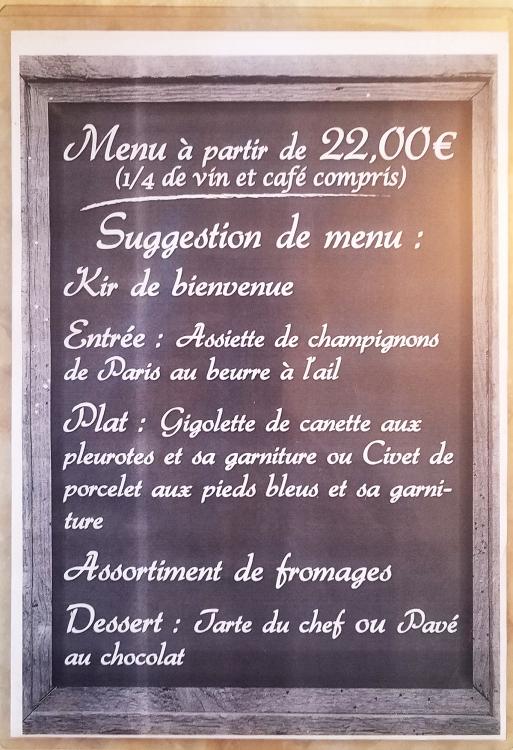
2.thumb.jpg.740954bd5a4cc50a8978f05a418bcd4a.jpg)
.thumb.jpg.dbdfef4fe06546e045036d0b9dd41c6d.jpg)
